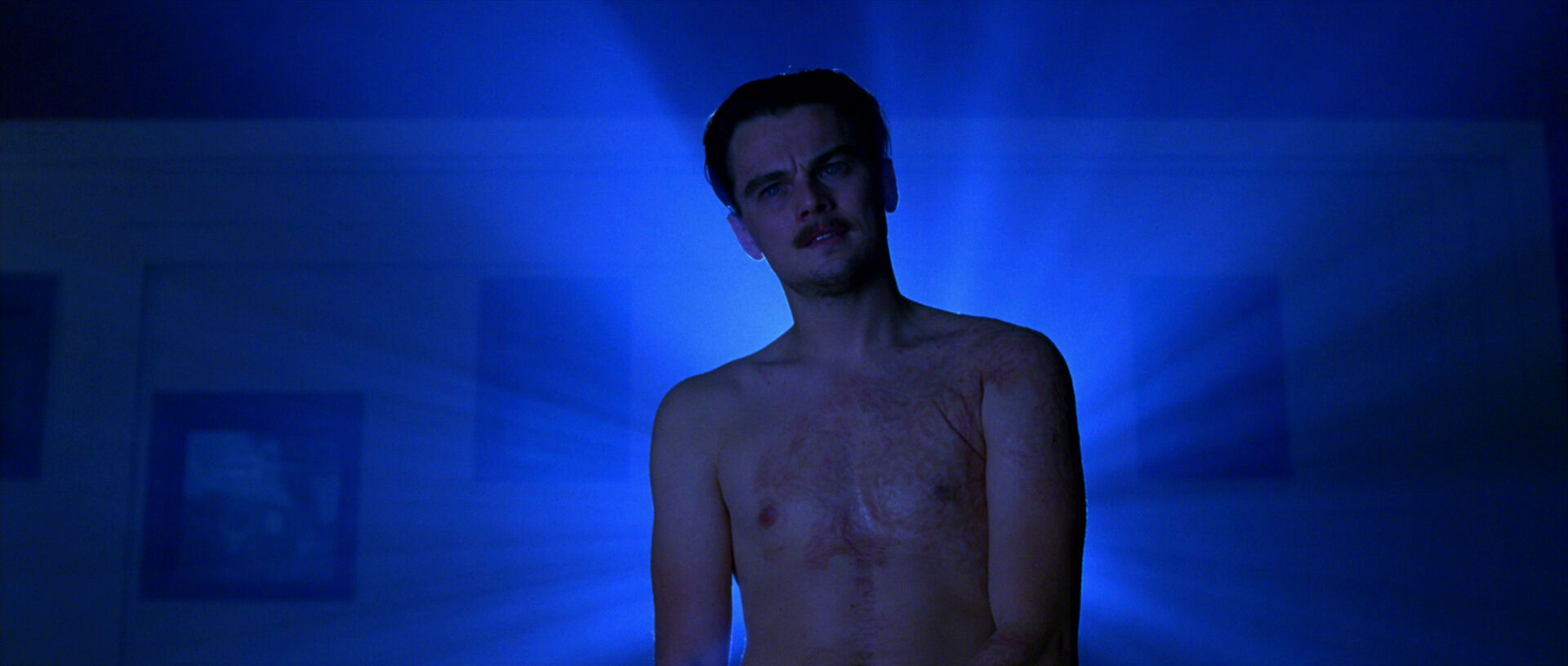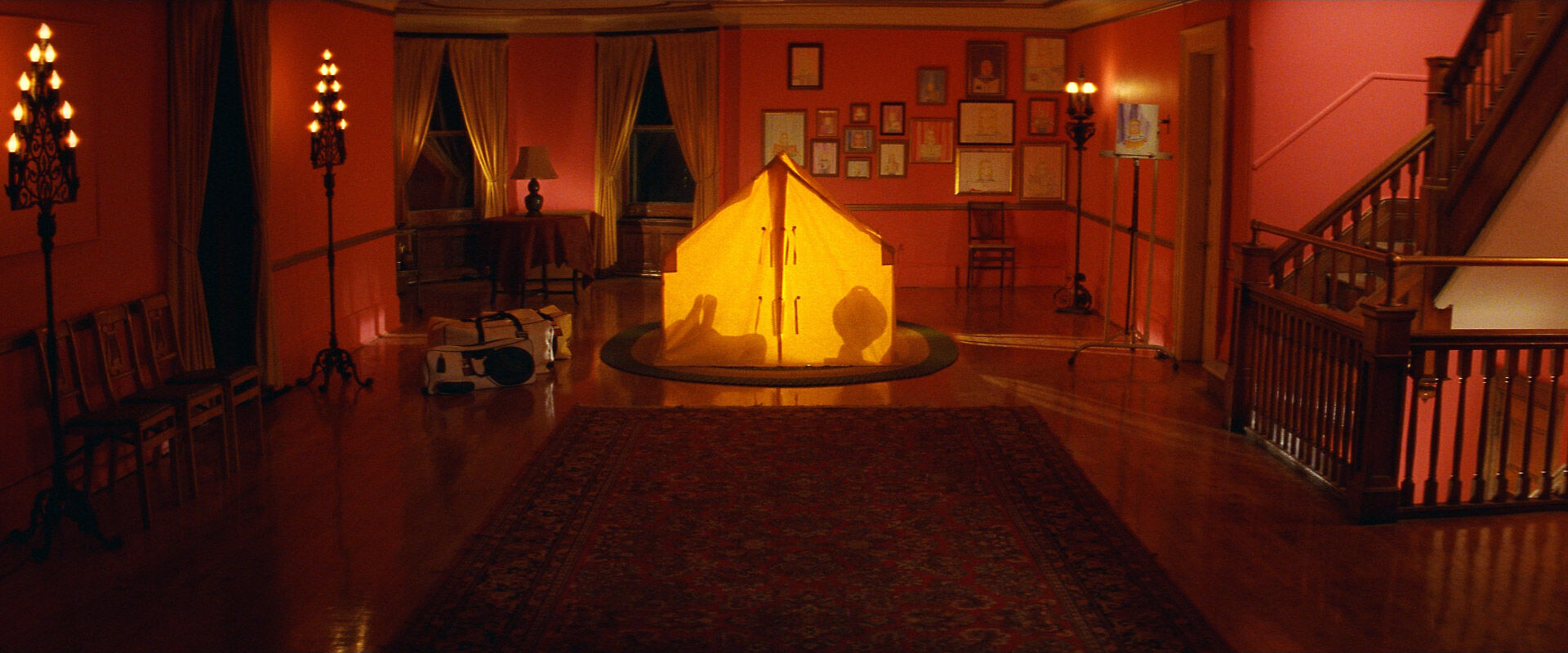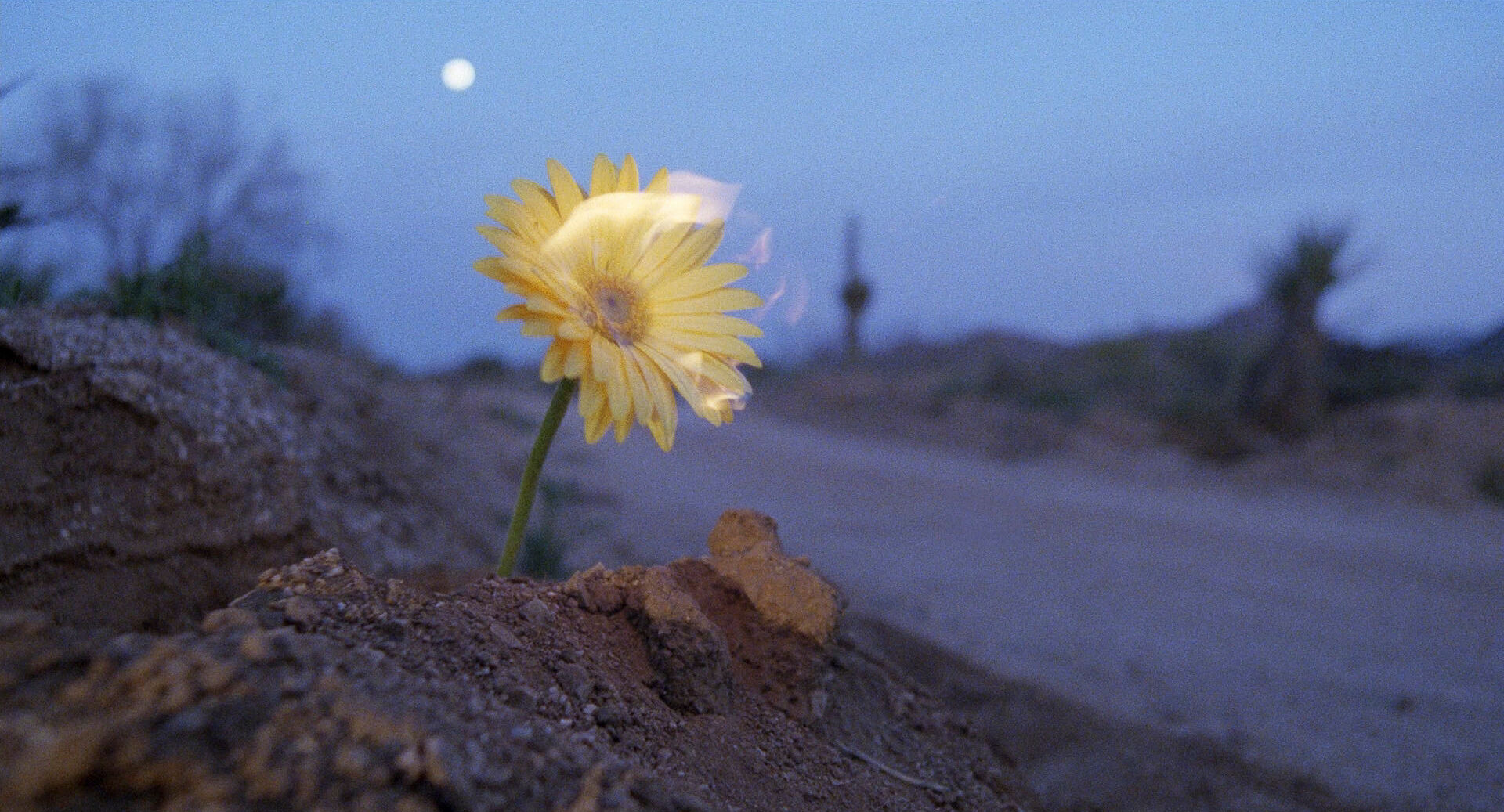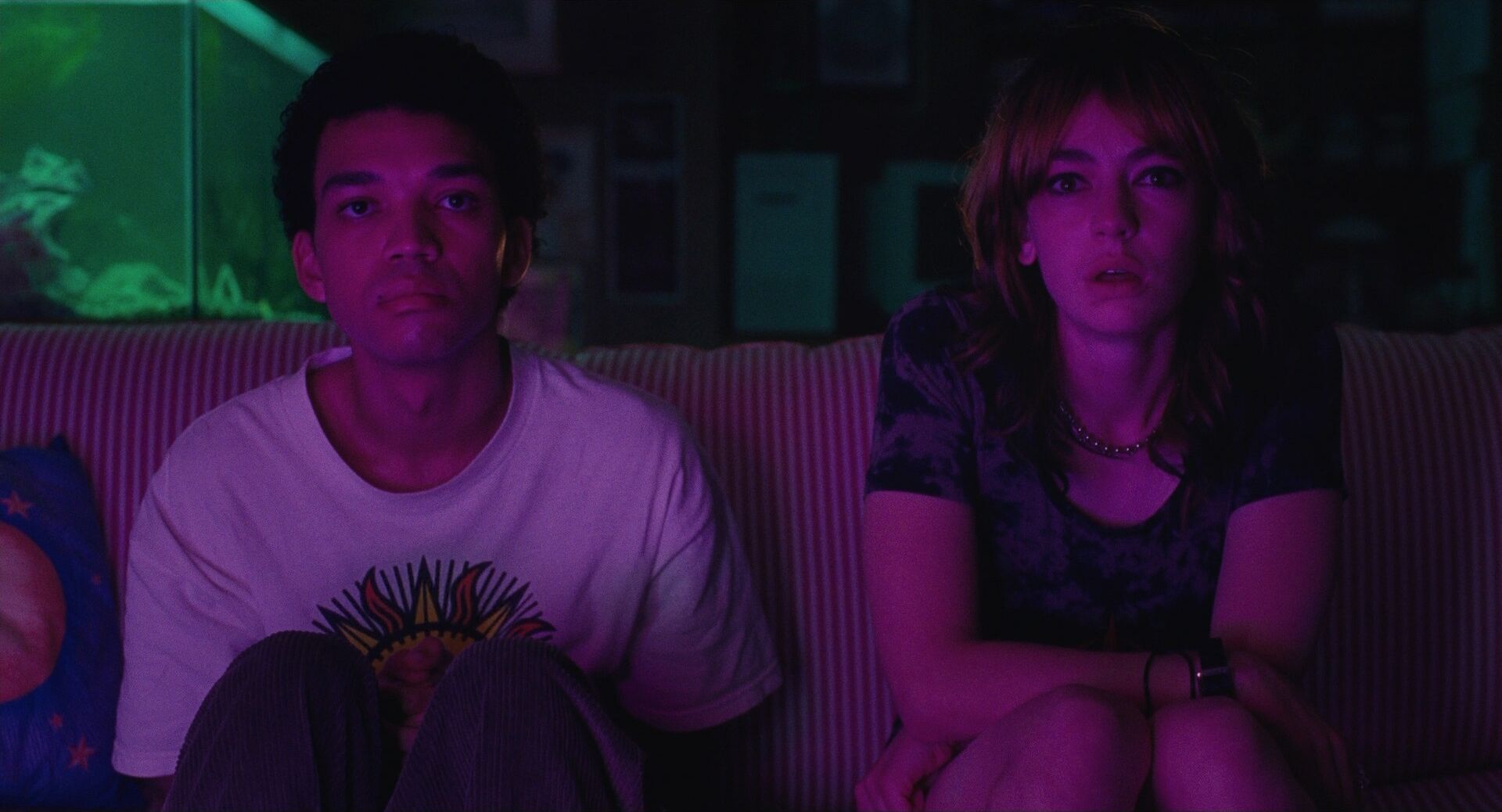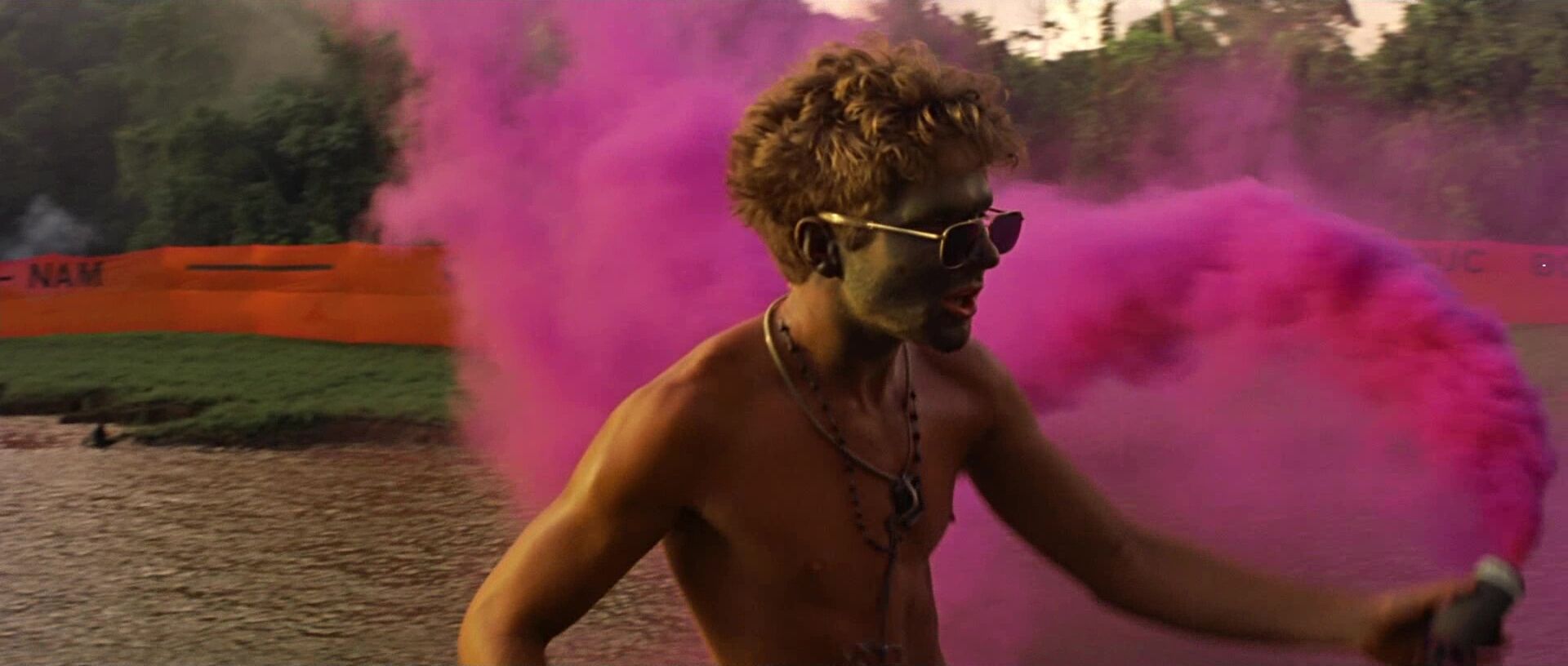home → Composition Techniques → Color in Film
Color theory for filmmakers definition
What is color theory in film?
Film is a visual medium. Every visual cue you choose in your film can help convey the meaning and mood of your film, and choosing a deliberate color palette will help your film create its own visual world and language for the audience. When we talk about color theory in film, we’re referring to the filmmaker’s intentional choice and use of color to help tell the story.
For an in-depth exploration of this technique, check out our full guide to color theory, complete with examples and breakdowns.
Color storytelling
Color in film examples
It’s helpful to see color theory in action before exploring how it operates within visual storytelling. Browse this curated selection of color theory examples to get a sense of its uses across films.
Enhance the world of the film
Design a story’s visual language
Imply meaning
Create mood in a scene
Uses
What does a color scheme in film do?
Choosing an intentional color palette allows a filmmaker to create a visual world within their story. The results can be endless between choosing color palettes, saturation, juxtaposition, etc. Perhaps no other visual elements has a more direct and essential impact on creating a mood for the audience.
Establish mood
Colors can evoke mood. For example, warm colors like red sometimes feel dangerous, while cool colors like blue can seem melancholy.
Show symbolism
Colors can be used on characters or in scenes to symbolize meaning, whether that’s a feeling, some indicator of theme, or a plot device.
Create a palette
Choosing an overall color scheme can create a visual world for your film that makes the audience feel more immersed in the story.
Add visual variety
Using colors intentionally can make a film more visually exciting and a more engaging experience for the audience that matches the actions on screen.
Color contrast in film
Saturated vs desaturated colors in film
You’ve seen many saturated and desaturated colors in your life. Saturated colors are brighter and more intense, while desaturated colors are more muted. In general, saturated colors in film can convey happier, more energetic feelings, while more muted colors can make a scene feel grittier or more serious.
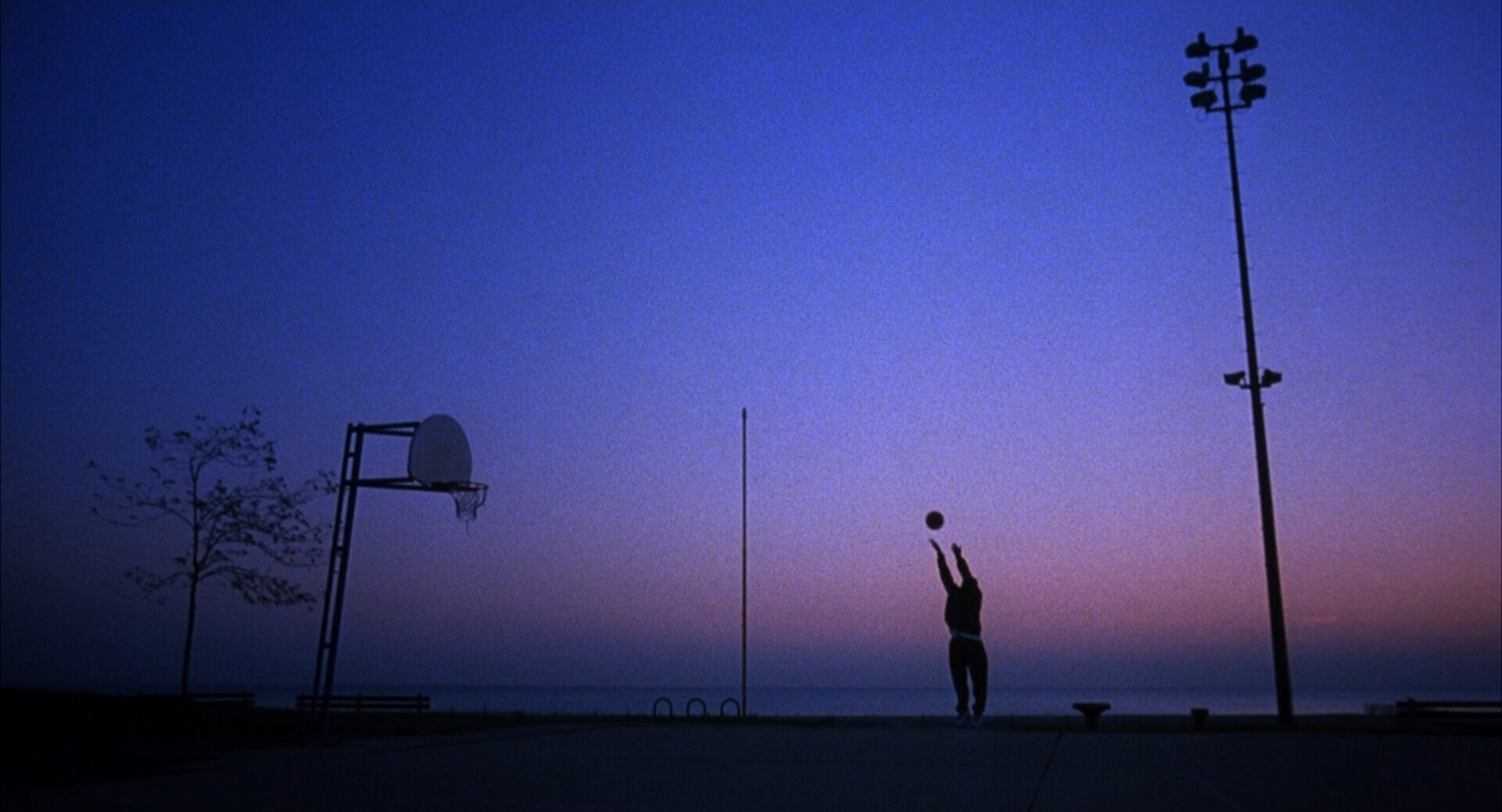
Case Study
Shot listing color theory
In Steven Soderbergh's Traffic, there are three main narrative threads happening simultaneously, and each one is given a distinct color palette. Mexico is a desaturated yellow, Judge Wakefield's story is an icy blue, and the DEA storyline is bright and multicolored. By using these color schemes, we not only accent the themes of the film, we help visually differentiate the different factions of the war on drugs.
Click the shot list below to take a closer look at the entire scene.
Color theory is a great way for filmmakers to express themselves, but there are many considerations and techniques you can pair with color theory to enhance the dynamism of your film.
Unexpected combos
How can you use color theory with other film techniques?
How to combine color theory
There’s much to consider in color theory. In addition to picking a palette to represent your film in its entirety, you may want to explore other techniques that can enhance your story’s visual language:
- Color lighting in film: Color lighting refers to how filmmakers combine lighting to create different color schemes. There’s generally two ways to do this: The first is using color gel, which changes the color of film lights, and the other is using a RGB light.
- Color temperature in film: Color temperature has to do with whether a light source is warm or cool, which creates different types of colors.
- Analogous color in film: Analogous film is when a filmmaker picks three colors that fall next to each other on the color wheel, using the first as the dominant color, to create their film’s color wheel.
- Associative color in film: Associative color is when filmmakers use a certain color to convey an association or meaning. For example, in “Barbie,” pink represents confidence and strength.
- Complementary colors in film: Complementary colors are another way filmmakers can design their film’s color palette. This involves using one primary color and another one as a complementary color. Complementary colors fall on opposite sides of the color wheel from each other.
- Monochromatic colors in film: Monochromatic color schemes use a series of highly similar colors with little contrast, and can be highly effective in conveying meaning.
Frequently asked questions about color in film
Color theory is the idea that filmmakers use colors intentionally to convey meaning in their works.
Colors can symbolize meaning in film. For example, in Greta Gerwig’s Barbie, the color pink symbolizes strength and confidence.
Filmmakers use color to evoke meaning, symbolism, mood, and create a visual world and language for their film.
A very obvious example of color use in a film is in Gary Ross’ Pleasantville, where the appearance of color in the story comes to symbolize the character’s various awakenings.
Color palettes can help a filmmaker evoke a tone in a scene. For example, using a variety of blues in a scene may help convey a sense of sadness, while bright colors may make a scene seem happier or more energetic.






